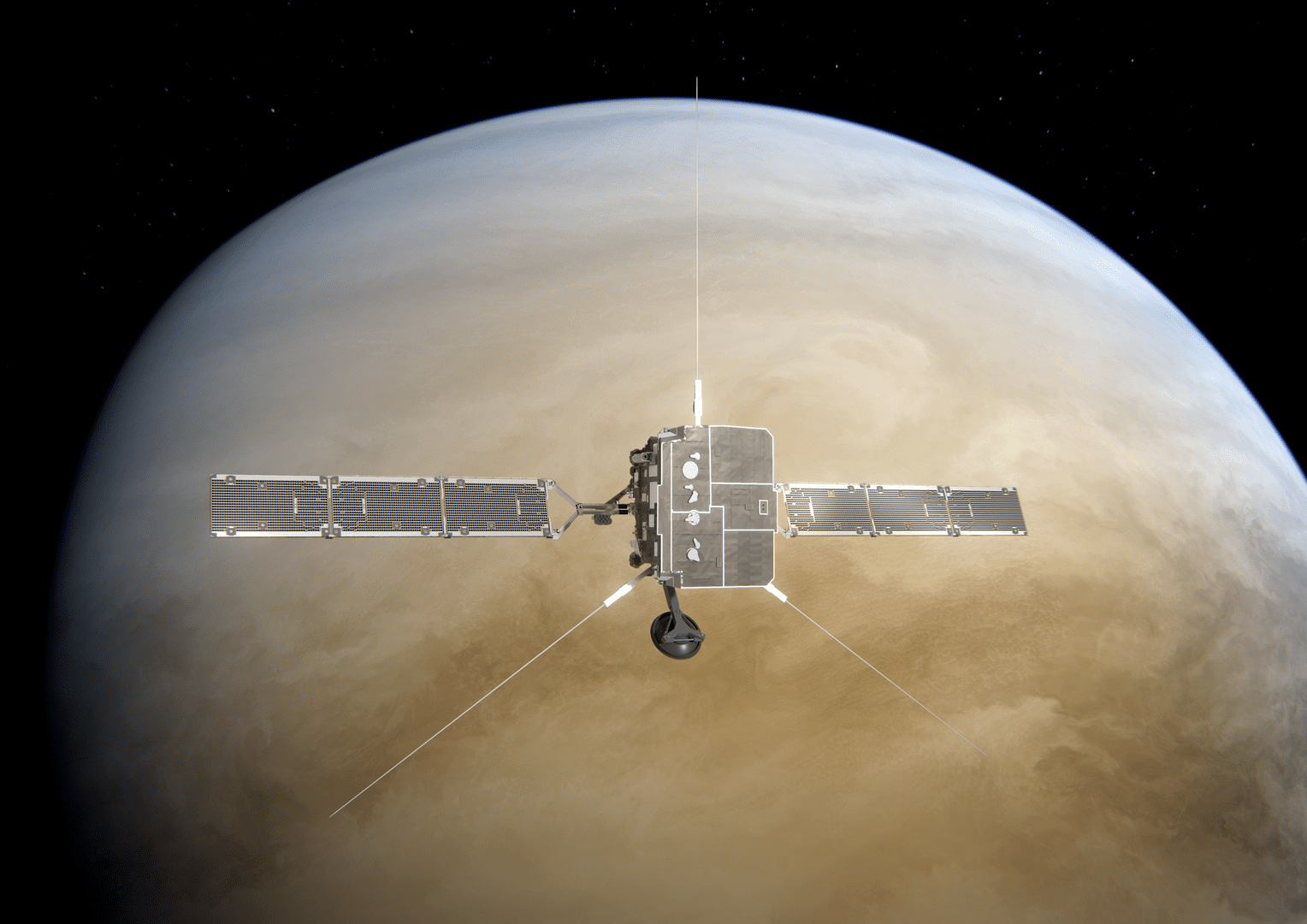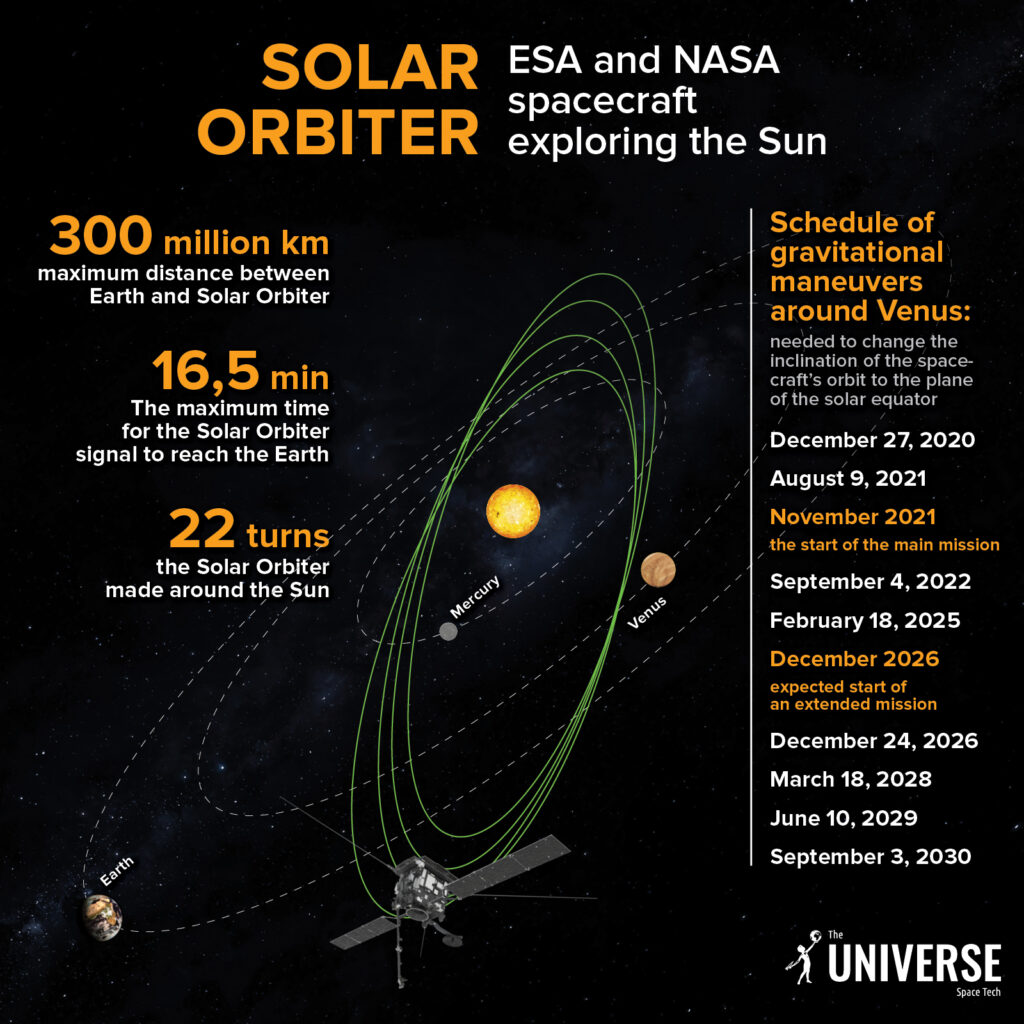On the night of September 3 to 4, the European-American Solar Orbiter mission will make a close flyby of Venus, passing at a distance of 6420 km from its surface. The device will use the gravity of the planet to reduce the perihelion of its orbit.
What are gravity maneuvers for?
Gravity maneuvers have long been an integral part of most interplanetary missions. So, Jupiter is actively used as a free accelerator by spacecraft heading to the outer part of the Solar System. Thanks to its powerful gravity, Voyager and New Horizons missions managed to reduce the flight time to their goals by several years.

However, gravity can not only increase, but also decrease the speed. This is especially true for missions heading into the inner Solar system. The fact is that the gravity of the Sun significantly accelerates the spacecraft approaching it. And in order to enter a permanent orbit around one of the inner planets or reduce the perihelion of its orbit, the Earth messenger needs to extinguish the excess of its orbital velocity. However, this requires very high fuel costs — significantly more than the spacecraft can take with it. Therefore, engineers usually use the gravity of Venus or Mercury to offset the speed.
Solar Orbiter Flight Path
The upcoming visit to Venus will be the fourth gravity maneuver performed by Solar Orbiter since its launch in 2020. The gravity of Venus will allow it to reduce the perihelion of its orbit to 0.29 AU (43 million km). This is less than the distance between the Sun and Mercury. The spacecraft will remain in this orbit until 2025.

Due to the design features of the probe, the Solar Orbiter will not be able to take photos of Venus during the flyby. At the same time, it will conduct a series of measurements of its magnetic fields, plasma and radio waves, as well as charged particles.
The next Solar Orbiter visit to Venus will take place in 2025. It will mark the beginning of its expanded mission. This time, the probe uses the gravity of the planet not to reduce the perihelion of its orbit, but to change its inclination. During this and three subsequent maneuvers, it will be increased to 33°. This will give Solar Orbiter a unique opportunity to conduct direct observations of the circumpolar regions of the Sun, which cannot be seen from Earth.
Follow us on Twitter to get the most interesting space news in time
https://twitter.com/ust_magazine

